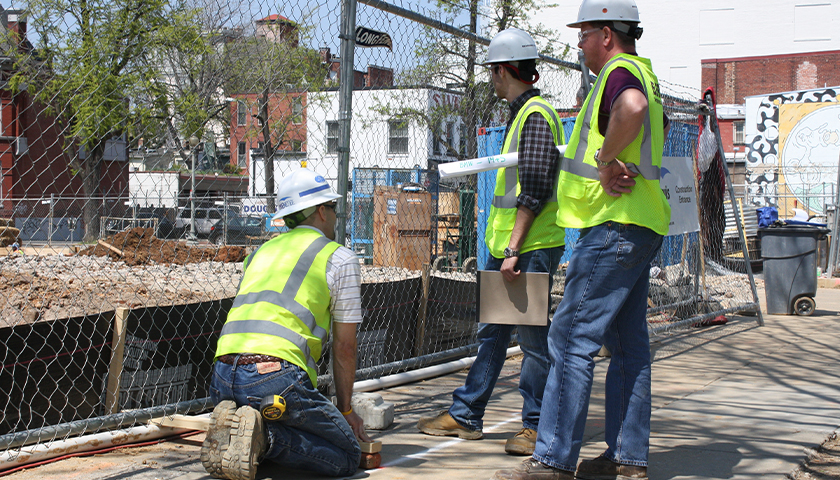More Americans are having to take part-time jobs as consumers struggle with economic factors like high inflation, while full-time employment has sunk in tandem, according to data from the Bureau of Labor Statistics (BLS).
Around 133,196,000 workers were employed with full-time jobs in the U.S. in December, which was down from 134,727,000 in November — a drop of more than 1.5 million, according to the BLS. During that same time frame, the number of Americans employed in part-time positions rose by 762,000, while the number of people with multiple jobs increased by 222,000.
Read More


















